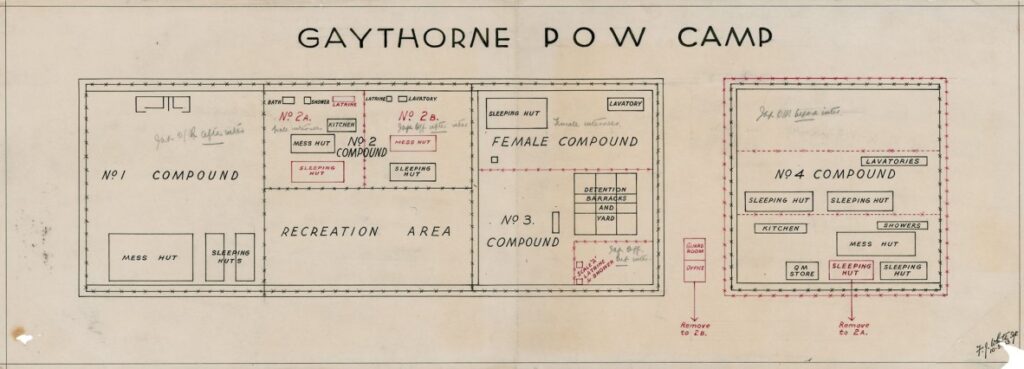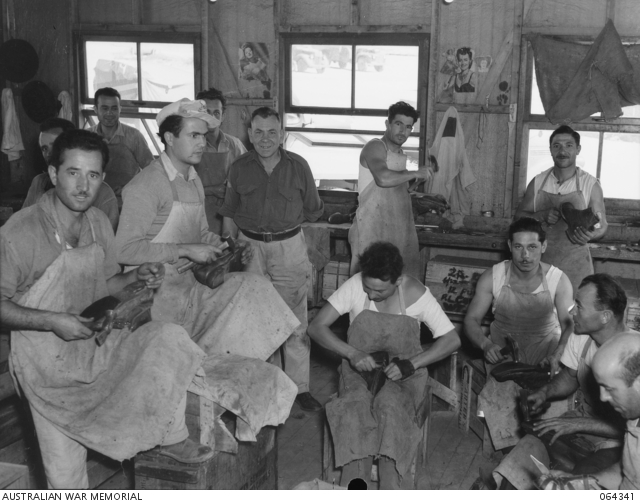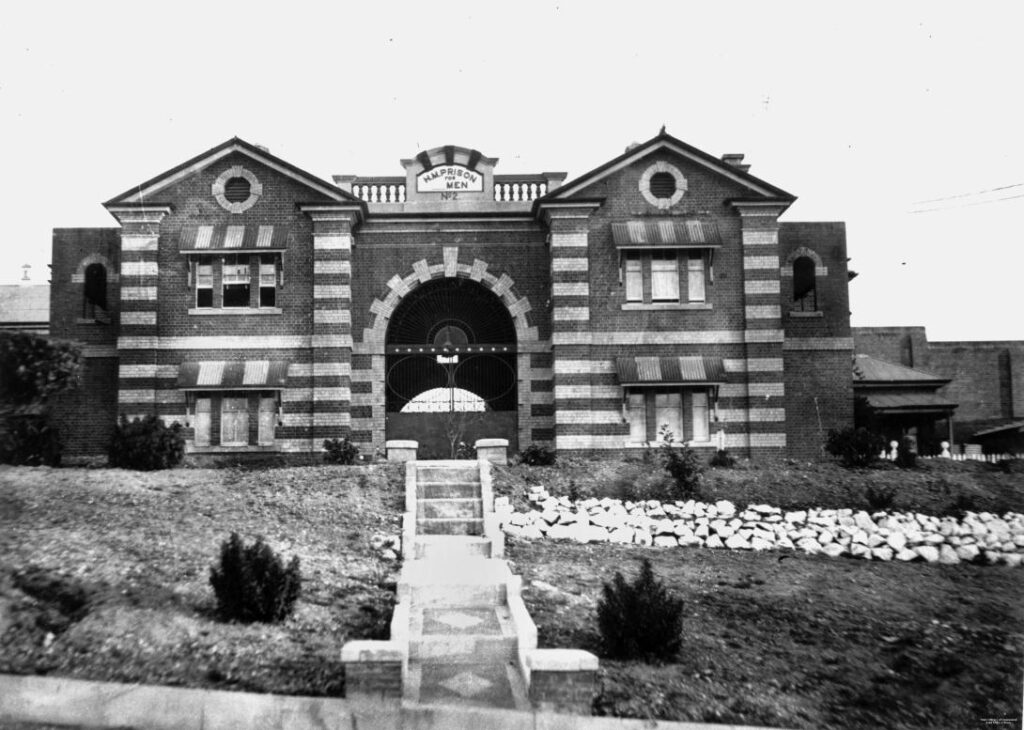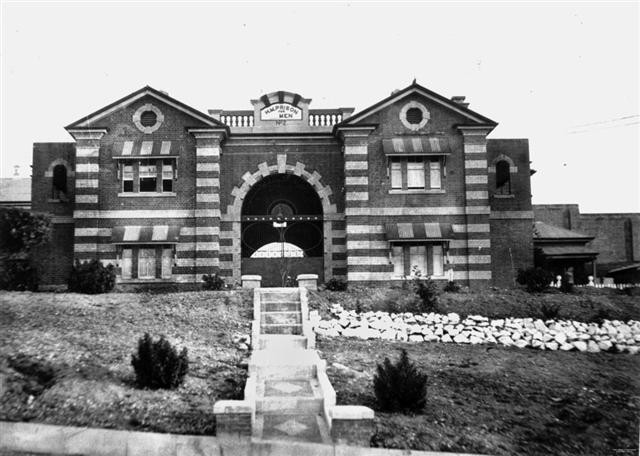The role of Queensland prisons in World War II
Remembrance Day, November 11 marked the 106th anniversary of the armistice that ended fighting with Germany in World War I and commemorating those killed in both World Wars.
While many of the stories of this time are well known, a lesser known wartime story played out right here in Queensland, where our prisons played a role in domestic security as internment camps.
The internment of ‘enemy aliens’ in Australia fell under the control of the National Security Act 1939, and during World War II, several Queensland prisons were used by the Commonwealth to house prisoners of war (POWs), internees and military prisoners.
The terms POW and internee are often used interchangeably however the two groups had different rights and were treated differently.
Internees were mostly ‘enemy aliens’ from countries at war with Australia, many of whom had lived in Australia their whole lives, while POWs were members of enemy military forces.

IMAGE: Gaythorne Prisoner of war and Internment Camp in Brisbane
During World War II, Boggo Road Gaol and Stuart Prison, now Townsville Correctional Complex, housed both internees and POWs, while Rockhampton prison was closed as a conventional prison and used to hold military prisoners with sentences of up to one month.
Internment camps were also used to imprison people without charges or intent to file charges, and were often set up in remote areas of the state.
Many internees, particularly Italian nationals from North Queensland – the largest non-British group in Australia – were held in Stuart Prison until they could be transferred to internment camps.
POWs were generally sent to either Brisbane or Townsville.
With many Allied forces undergoing training or awaiting overseas deployment in Australia, inevitable incidents led to soldiers being held as military prisoners.

IMAGE: H. Lovell of 22nd Garrison Battalion who is in charge of these Italian Bootmakers at the 12th Australian Prisoner of War Camp
Allied personnel occupying prisons and detention barracks across Queensland were held for a range of offences from drunk and disorderly and conduct unbecoming a soldier through to murder and rape.
With their presence in North Queensland, the US Army managed a stockade in the Townsville suburb of Garbutt, and frequently relocated their more problematic prisoners to Stuart Prison until their cases could be heard.
Boggo Road Gaol also saw the detainment of many members of the Australian Armed Forces with military hearings held daily in the prison concert hall.

Many of these soldiers received ‘services no longer required’ discharges, becoming known as Snarlers.
Eventually, the use of Stuart Prison as an overflow facility to the Garbutt Stockade ceased, and troublesome prisoners were flown directly back to the United States.
Following the war, Queensland’s internment camps were closed down with many internees released before war’s end.
European and British internees were mostly permitted to remain in Australia, however most internees of Japanese origin were repatriated in 1946.
Local farmers and industries, particularly in the North, came to depend on POWs to provide much-needed labour, and many internees and Prisoners of War who were repatriated were welcomed back to Australia at the end of the war to settle and take up work.

